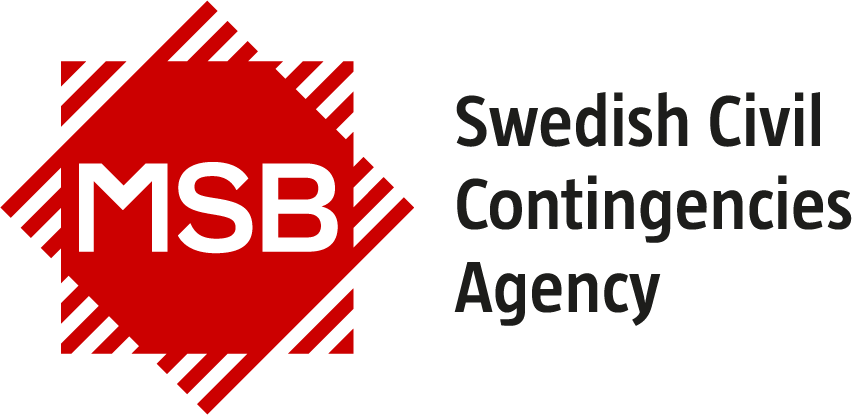Instructions in writing
As an aid during an emergency situation that may occur during transport, instructions in writing shall be carried in the driver’s cab and shall be readily available.
The requirement to carry instructions in writing applies for both road and rail transport of dangerous goods, and the provisions are found in section 5.4.3 in Part 5 of ADR and RID.
Purpose
The instructions in writing contain information about what action to take if an accident or incident occurs, and information on equipment to be carried on the transport unit.
The instructions consist of general measures, and additional guidance on actions to be taken in relation to the hazard characteristics of the different classes. The instructions also include information on danger labels and placards associated with the dangerous goods classes.
Format
Regardless of the dangerous goods to be carried and if the goods consist of mixed cargo, tank or bulk, the same instructions in writing are used. For road transport, the instructions in writing must correspond to the four page model contained in sub-section 5.4.3.4 in Part 5 of ADR-S as regards its form and contents. For rail transport there is no similar requirement.
Application of ADR
The United Nation’s Working Group on Transport of Dangerous Goods by Road (WP.15) has provided the following guidance regarding the application of the provisions on instructions in writing in ADR.
The instructions in writing shall consist of a four page model and correspond to the content according to the model in sub-section 5.4.3.4 of ADR. ADR does not specify its dimensions, meaning that the instructions may be any size provided they remain legible. However, in that sense the police in Sweden have announced that they approve A5 as the minimum size.
All information shown in colour in the model in 5.4.3.4 of ADR (i.e. labels), must also be in colour in the instructions accompanying the shipment.
No information other than what is listed in the model in 5.4.3.4 of ADR must be included in the instructions, such as logos, phone numbers, contact information, etc.
If a carrier or vehicle operator wishes to provide additional information, this should be provided in a separate document.
